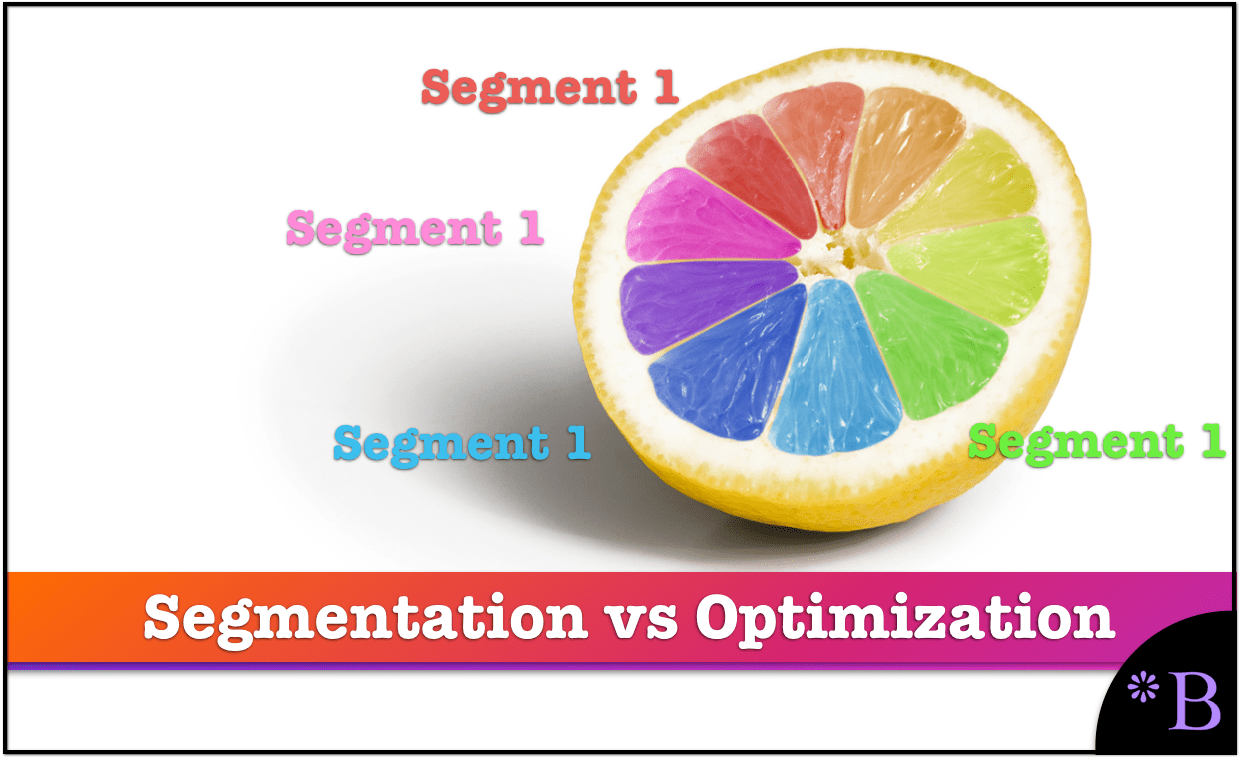How to Understand Supply Chain Segmentation vs Inventory Optimization and Forecastability
Executive Summary
- Supply chain segmentation is a method of inventory classification.
- Supply chain segmentation is employed in niche supply chain vendors.

Introduction to Segmentation
Supply chain segmentation (also known as inventory segmentation) is a method of dividing the product location database so that different product location combinations can have different supply planning methods and different supply planning parameter management applied to them. Supply chain optimization is a method of tying the stocking level to the service level. Generally, inventory optimization has received substantial attention, but supply chain segmentation has received far less attention, even though for most companies they will receive more attainable benefits from supply chain segmentation versus inventory optimization. You will learn how supply chain segmentation compares to inventory optimization.
Our References for This Article
If you want to see our references for this article and related Brightwork articles, see this link.
This article was updated as of February 2021.
=IF(R-Square>0.7,”Forecastable”,IF(AND(R-Square>.15,Standard Deviation/Series Mean<3,Series Mean>3, MAD>Series Mean*0.333333),”Forecastable”,”Unforecastable”))
The Flow of Forecasts
The entire flow of this approach can be described in the graphic below. Then the formula above, or some modification of the formula, can be run against each item to determine if the material will be placed in the forecasting engine or instead only reside in ERP or the supply planning engine and be entirely controlled by the consumptive logic settings.
How Companies and Implementers Ignore the Research
System implementers are not adjusting their approach to be considerate of the research in this area. The results for many decades now is consistent in showing that more complex forecasting techniques do not improve forecastability of challenging to forecast items and certainly do not pay off given their implementation investment, and long-term maintenance costs. A perfect example of this is the Crostons method, a method that Wayne Fu of Servigistics and myself discuss in this are an article as a highly complex formula which is very popular in software. However, it has minimal areas where it can defeat many periods moving average.
Reorder Points Don’t Provide Visibility?
Comments that reorder points “don’t provide visibility” miss the point that the supply planning system can only provide visibility, which is commensurate with the demand plan, which is the quality of the demand plan.
Even the most sophisticated cost optimizer solution for supply planning will not provide visibility if the forecast is of poor quality. On the other hand, products that have shallow forecast errors and are primarily a level forecast also do not benefit from forecasting effort beyond simple automation. This is because a level forecast is emulated with a reorder point. That is, they provide the same result to supply planning.
- Many companies are spending time forecasting items that are not “forecastable.”
- Much of the history of computerized demand planning has been spent in attempting to apply very sophisticated methods under the assumption that there is always a method of developing a good forecast, as long as enough effort is placed into forecasts.
- This approach has had decades to prove itself out. It has failed to improve forecast accuracy both at any company I have consulting with and in meta-analysis in the academic literature.
- What is not recognized is that not every product in the database is forecastable.
The Benefits of Applying No Statistical Forecast
There are many circumstances where creating a statistical forecast is not helpful. This is because there is no pattern that any statistical forecast can use to create a reasonable projection. In most cases, the standard approach is to go ahead and create the forecast in any case and populate the planner user interface with values — values that the planner will typically ignore.
In this article, I am going to question this orthodoxy regarding the forecast. The reason for this is I have come to the conclusion that items that cannot have a good statistical forecast generated for them do not help planners. Secondly, it miscommunicates the planner. That is — the implication is that the statistical forecasting system is adding value to the process — when in fact isn’t. One of the most significant forecasting issues in supply chain departments is the use of planners for non-value added activities. Creating a forecast tends to both underuse statistical forecasting and make their planners perform too many adjustments and overrides.
Communicating the Limits of a Statistical Forecast
By creating no forecast, this approach is honest with the planners and tells them
The statistical forecasting methods have nothing to offer on this particular item.
This helps in two ways:
- It clearly communicates that the planner must control the forecast for this item.
- It reinforces the concept that different things need to be forecasted with various approaches. A few examples of these different approaches are listed below:
- 100% statistically forecasted items
- Statistically forecasted + manually adjusted items
- 100% manually adjusted items
Other authors are quite clear that different items require different approaches – and my experience shows that this is always true after I analyze the company’s product database. While this is a constant, very few companies incorporate this knowledge into how they forecast. Yes, the term forecastability has become standard at this point, how many companies use forecastability? The answer is very few. Segmentation of the product database is one of the most powerful ways to manage the forecasting process, allowing companies to have a much better chance of improving forecast accuracy.
Conclusion
Back when this article was written in 2010, the inventory optimization space was crowded, with everyone declaring they have inventory optimization. However, in 2021, the “bloom is off the rose” for inventory optimization and few companies spend much time advertising their capabilities. But since 2010, inventory segmentation has not gained in popularity, with is unfortunate. By in large, companies are still applying a single method to their entire product location database.